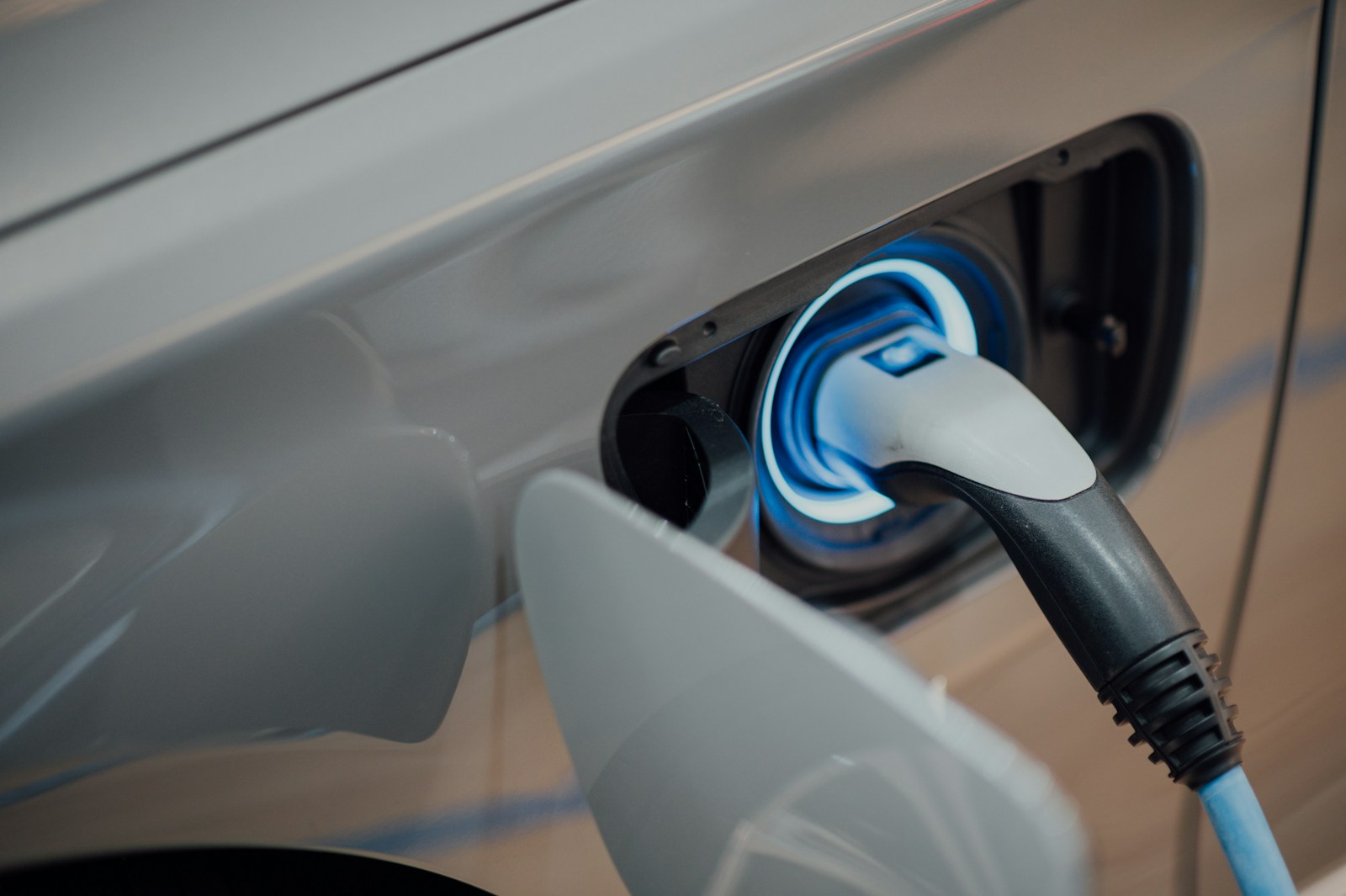In an era marked by increasing environmental consciousness and technological advancement, electric vehicles (EVs) have emerged as a pivotal solution to combat climate change and reduce reliance on fossil fuels. With rapid innovation and growing global demand, the future of electric vehicles promises to revolutionise the automotive industry and reshape the way we think about transportation. Let’s delve deep into the future of electric vehicles, exploring key developments, emerging trends, and the transformative potential of models like the Dolphin BYD.
The Evolution of Electric Vehicles: A Sustainable Shift in Transportation
The journey of electric vehicles from niche novelty to mainstream mobility option has been marked by significant milestones and groundbreaking innovations. As concerns about air pollution, climate change, and energy security continue to escalate, governments, automakers, and consumers are increasingly turning to electric vehicles as a sustainable alternative to traditional gasoline-powered cars.
Advancements in Battery Technology
One of the most significant drivers of EV adoption has been advancements in battery technology. From improved energy density to faster charging capabilities, ongoing research and development have led to more efficient, reliable, and affordable battery solutions. As battery costs decline and performance improves, electric vehicles are becoming increasingly competitive with their internal combustion counterparts, paving the way for mass adoption and widespread electrification of the automotive industry.
Dolphin BYD: Pioneering Innovation in Electric Mobility
Among the array of electric vehicles poised to shape the future of transportation, the Dolphin BYD stands out as a beacon of innovation and sustainability. Developed by Chinese automaker BYD (Build Your Dreams), the Dolphin embodies the company’s commitment to electrification, efficiency, and eco-friendliness. With its cutting-edge design, state-of-the-art battery technology, and impressive performance capabilities, the Dolphin BYD represents a significant milestone in the evolution of electric mobility. From its sleek exterior to its spacious interior, every aspect of the Dolphin is meticulously crafted to deliver an unparalleled driving experience that combines style, comfort, and sustainability. With its long-range battery, fast-charging capabilities, and advanced safety features, the Dolphin BYD is not just a vehicle—it’s a testament to the limitless possibilities of electric transportation. As we embrace the electric revolution, the Dolphin BYD serves as a shining example of what the future holds for sustainable mobility.
Cutting-Edge Design and Engineering
The Dolphin BYD showcases cutting-edge design and engineering, featuring a sleek, aerodynamic exterior, spacious interior, and state-of-the-art technology. Its compact size and agile performance make it well-suited for urban environments, while its long-range battery and fast-charging capabilities ensure versatility and convenience for drivers. With its focus on sustainability and efficiency, the Dolphin BYD represents a paradigm shift in electric mobility, setting new standards for performance, reliability, and environmental responsibility.
Emerging Trends in Electric Vehicle Technology
As electric vehicles continue to evolve, several key trends are shaping the future of electric mobility, from autonomous driving to vehicle-to-grid integration. These trends not only enhance the performance and functionality of electric vehicles but also unlock new opportunities for innovation and collaboration across industries.
Autonomous Driving and Connectivity
The integration of autonomous driving technology and connectivity features is revolutionising the way we interact with and perceive electric vehicles. From advanced driver-assistance systems to seamless integration with mobile devices and smart infrastructure, electric vehicles are becoming more intelligent, responsive, and user-friendly. This trend towards autonomy and connectivity promises to enhance safety, efficiency, and convenience for drivers while accelerating the transition to a fully autonomous future.
The Path Forward: Accelerating Adoption and Sustainability
As we peer into the future of electric vehicles, it’s clear that continued innovation, collaboration, and investment are essential to realising their full potential. From expanding charging infrastructure to incentivizing EV adoption and promoting renewable energy integration, governments, businesses, and consumers must work together to overcome challenges and accelerate the transition to a sustainable transportation system.
Addressing Infrastructure Challenges
One of the primary obstacles to widespread electric vehicle adoption is the lack of charging infrastructure. To overcome this challenge, governments and private sector stakeholders must invest in expanding charging networks, deploying fast-charging stations, and implementing smart grid technologies to support the growing fleet of electric vehicles. By prioritising infrastructure development, we can ensure that drivers have access to convenient and reliable charging options, regardless of their location or travel needs.
Conclusion: Embracing the Electric Revolution
As we delve deep into the future of electric vehicles, one thing is abundantly clear: the electric revolution is here to stay. With models like the Dolphin BYD leading the charge and advancements in technology driving innovation, the transition to electric mobility is well underway. By embracing electric vehicles, we can usher in a cleaner, greener, and more sustainable future for generations to come. Let’s seize this opportunity to transform transportation, protect the planet, and create a brighter tomorrow for all.






